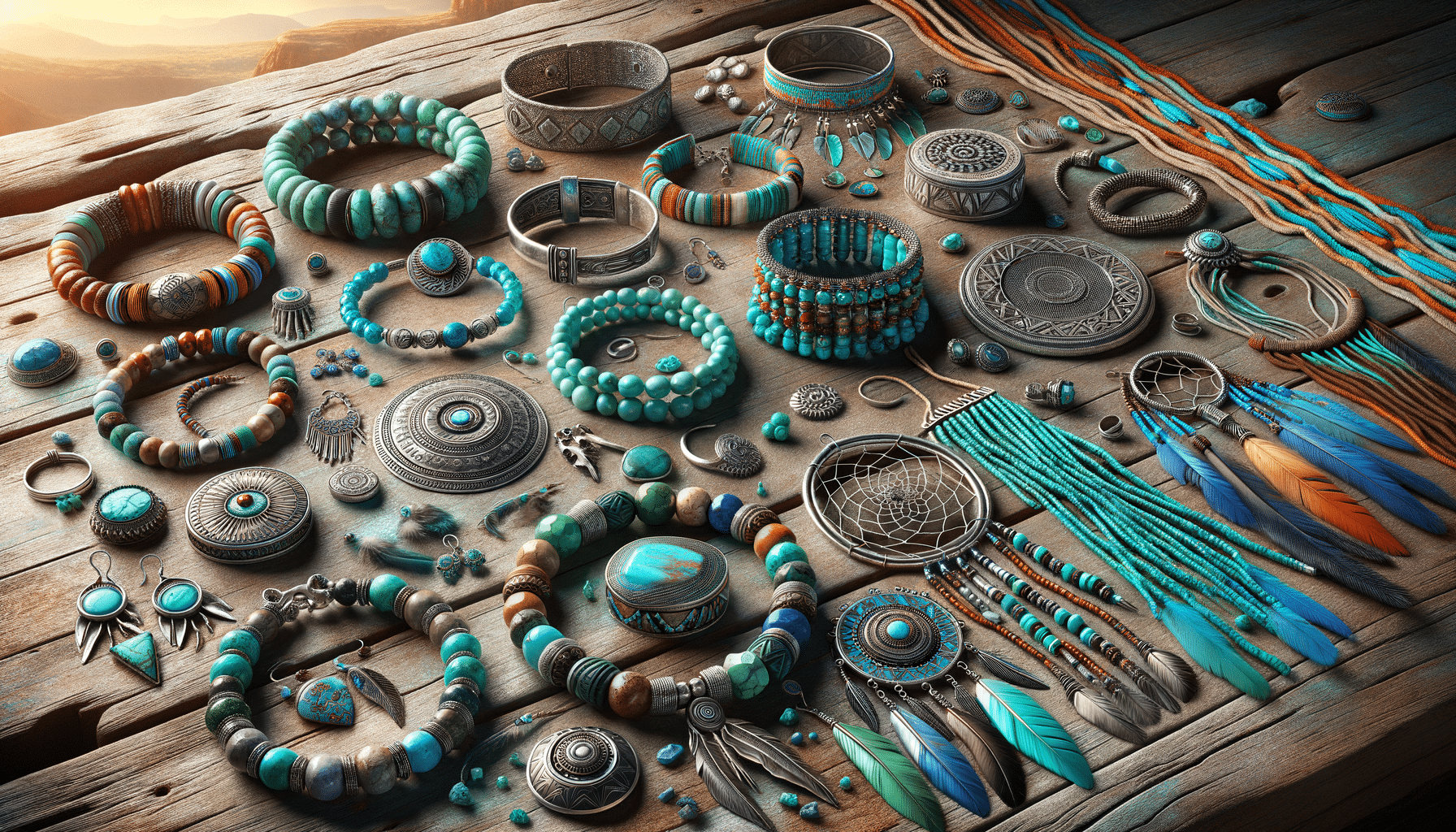
An Informational Guide to Native American Jewelry Styles
Introduction to Native American Jewelry
Native American jewelry is not only a form of adornment but also a rich tapestry of cultural expression and historical significance. Each piece tells a story, reflecting the traditions, beliefs, and artistry of various Indigenous tribes across North America. The intricate designs and materials used in Native American jewelry are deeply rooted in the cultural heritage of the people, making it an essential part of their identity and history.
The Cultural Significance of Native American Jewelry
Native American jewelry holds profound cultural significance, serving as a symbol of identity, spirituality, and social status. For many tribes, jewelry is more than just decorative; it is a medium through which cultural narratives and spiritual beliefs are conveyed. The use of specific materials, such as turquoise, coral, and silver, is not arbitrary but rather steeped in symbolism. For instance, turquoise is often associated with healing and protection, while silver is revered for its reflective properties, symbolizing the connection between the physical and spiritual worlds.
Jewelry is also used in ceremonial contexts, playing a crucial role in rituals and rites of passage. It is a way to honor ancestors and communicate with the spiritual realm. Furthermore, the craftsmanship involved in creating these pieces is a testament to the skills and traditions passed down through generations, preserving the cultural heritage of Native American communities.
Materials and Techniques in Native American Jewelry
The materials and techniques used in Native American jewelry are as diverse as the tribes themselves. Common materials include turquoise, shell, coral, and various metals such as silver and copper. Each material is chosen for its aesthetic appeal and symbolic meaning. Turquoise, for example, is prized for its vibrant color and believed to bring good fortune and protection.
Techniques such as beadwork, stone inlay, and metal stamping are used to create intricate designs that reflect the natural world and tribal symbols. Beadwork, in particular, is a time-consuming process that requires precision and patience. The use of natural materials and traditional techniques ensures that each piece of jewelry is unique and carries the spirit of the artisan who crafted it.
Regional Variations in Native American Jewelry
Native American jewelry varies significantly across different regions, each reflecting the unique cultural and environmental influences of the tribes that inhabit them. In the Southwest, for example, the Navajo, Hopi, and Zuni tribes are renowned for their silverwork and use of turquoise. The Navajo are particularly famous for their silver and turquoise necklaces and bracelets, while the Zuni are known for their intricate stone inlay work.
In contrast, tribes from the Pacific Northwest, such as the Haida and Tlingit, often incorporate natural materials like wood and bone into their jewelry, reflecting their connection to the lush forests and abundant wildlife of the region. The diversity of styles and materials used in Native American jewelry is a testament to the adaptability and creativity of Indigenous artisans.
The Contemporary Influence and Appreciation of Native American Jewelry
Today, Native American jewelry continues to captivate and inspire people around the world. Contemporary Native American artists are blending traditional techniques with modern influences, creating pieces that appeal to a global audience while maintaining their cultural significance. This fusion of old and new has allowed Native American jewelry to evolve and remain relevant in today’s fashion landscape.
The appreciation for Native American jewelry has also led to increased awareness and respect for Indigenous cultures and their contributions to art and design. Collectors and enthusiasts value these pieces not only for their beauty but also for their cultural and historical significance. By supporting Native American artisans, individuals can help preserve these traditions and ensure that the stories and skills of Indigenous communities continue to be shared for generations to come.


